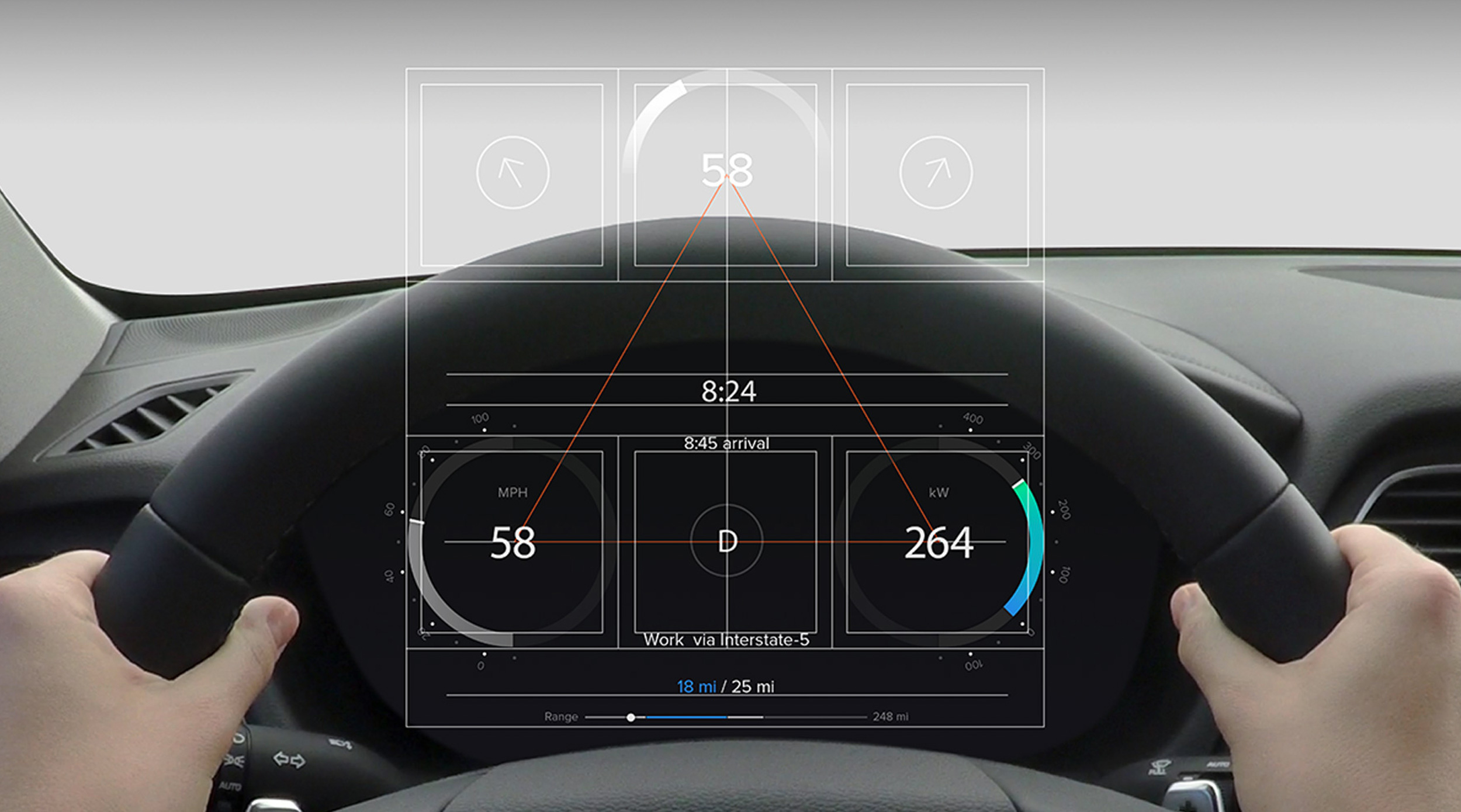Hyundai
Are we there yet? Exploring the (near) future of driving

Strategy
While the driverless car is closer than ever, it’s not here yet.
From fantastic to pragmatic, visions for autonomous vehicles (AVs) have existed for decades. While the driverless car is closer than ever, it’s not here yet. The technology is maturing rapidly; automakers are promising first-generation AVs by 2020 and studies suggest mainstream availability may occur by 2030. Given what’s at stake—over 30,000 automobile deaths per year, increasing density, debilitating traffic, lost productivity, an aging population and much more—this new paradigm for human mobility can’t arrive soon enough.
And yet, the gap between now and then is an eternity in technology years. Over the next decade, we anticipate the continued emergence of semiautonomous vehicles (SAVs), which will be characterized by increasingly sophisticated capabilities and the persistence of manual controls (e.g. steering wheel, brake pedal, etc). Unlike AVs, these cars will require engaged human drivers to monitor the system and assume control under conditions when the car can’t drive itself.
Ideally, SAVs will preserve aspects of driving as we know it, liberate us from the tedium of traffic and commuting, and deliver gains in safety and efficiency. On the other hand, increasing reliance on automation may make us worse drivers, exacerbating the very problems the technology seeks to remedy and creating a new set of complex design problems.
We partnered with Hyundai to explore these questions, and to envision potential solutions in the context of a near-term, semiautonomous vehicle.
“With its human centered design expertise and deep understanding of interaction best practices, Artefact created a framework that can help us reach the promise of the autonomous mobility, while respecting the need for control and agency we all share.”
Design for
autonomy
and trust
In our view, this is a profoundly human transition that will require as much of us as it will of our cars. As we adapt to a new, hybrid mode of driving and learn to share control with autonomous systems, designers will have to consider two critical issues:
1. How might we design for both rational and experiential trust?
2. How do we navigate—and optimize—the emerging relationship between humans and intelligent vehicles?

A UX roadmap.
Are we there yet?
We believe the paradigm shift to fully autonomous vehicles will be characterized by three dependent phases of development, beginning with establishing trust, then addressing the complexity of control, and ultimately optimizing the experience of being a passenger in the driver’s seat. What’s more, each phase suggests unique priorities for the design and product experience.
The autonomous vehicle is powerful and appealing. Human-centered design can help flesh it out as much as build the bridge to it—by accounting for business, technology and consumer factors as well as long-term outcomes that help the innovation contribute to a better future. Until then, as the recent videos of Tesla Autopilot shortcomings show, the industry still has miles to go.
What we delivered
In the news
Communication Arts
Next project
Global Online Academy